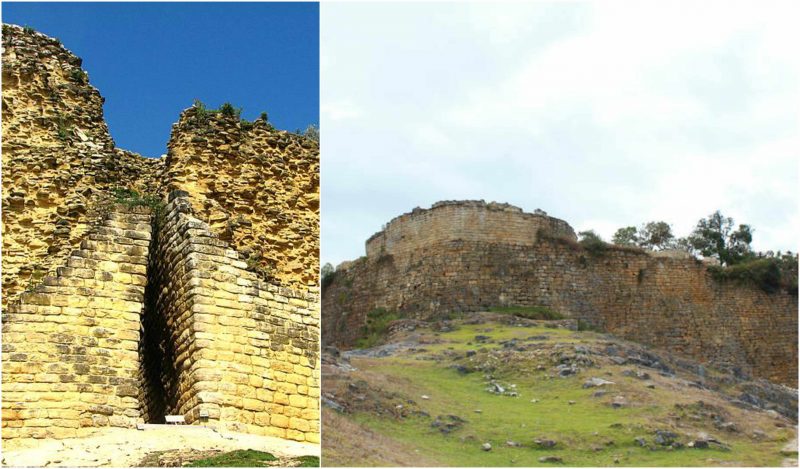High above the left bank of the Utcubamba valley, at an altitude of 9843 feet (3000 meters), are the impressive ruins of Kuelap, once a magical fortress of the Chachapoyas in Peru.
Built in the 6th century as a city that consisted more than four hundred buildings, it was surrounded by massive exterior stone walls. Until the Inca’s conquest of the Chachapoyas in the 1460s, there was a minimal evidence of hostile groups in the regions, and some archaeologists believe that the fortress was construed for defense.
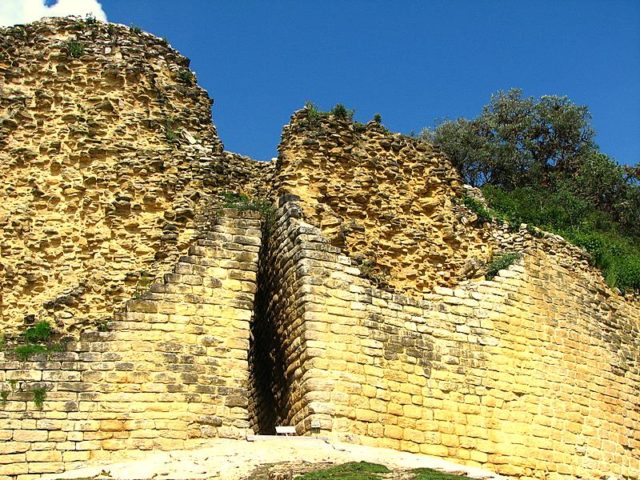
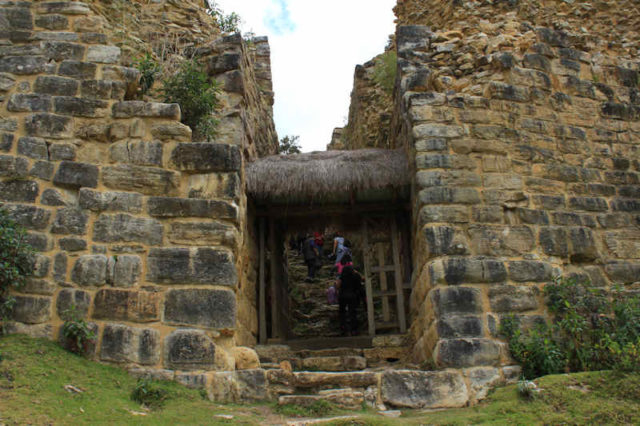
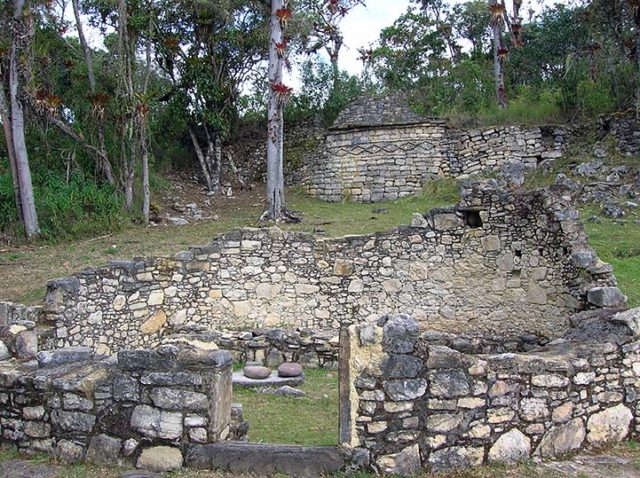
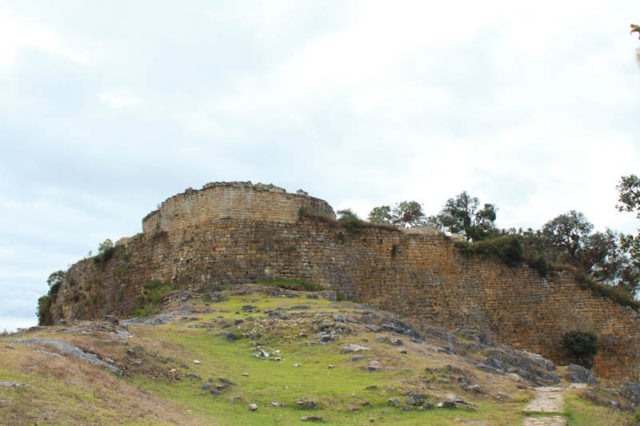
Others suspect that Kuelap is rather related to Chachapoyas’ culture, beliefs, and rituals. The site is roughly 1968 feet (600 meters) long and 360 feet (110 meters) wide, overlooking the Utcubamba Valley in the north of Peru.
The ruins are accessible through the small town of El Tingo which is 3937 feet (1200 meters) lower than Kuelap, which makes the travel quite exhausting regardless if it’s on foot, by a vehicle, or with a horse riding.

The site was rediscovered when a judge in Chachapoyas, Juan Crisóstomo Nieto, made a survey of the area in 1843. He was guided by the local villagers who had known about Kuelap, but only after Nieto took a note of the site’s size archaeologists, historians and explorers became attracted to it. The radiocarbon dating samples revealed that Kuelap was construed in the 6th century AD and that it was occupied until the Early Colonial period. There are only four brief references to Kuelap during the pre-Columbian colonial days and conquest.
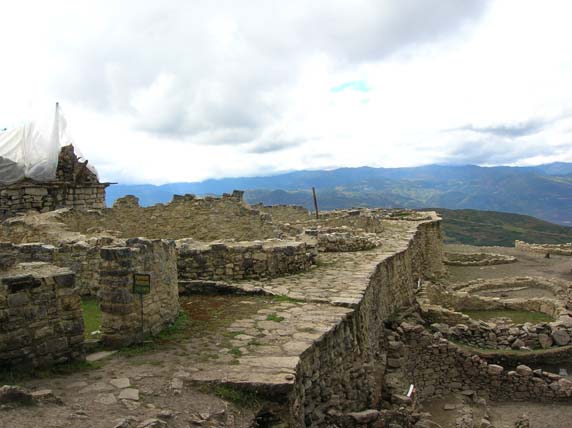
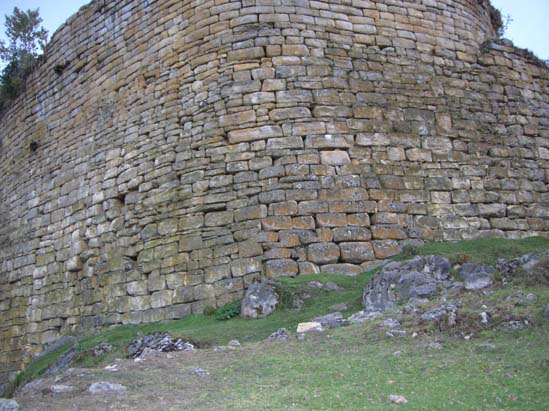
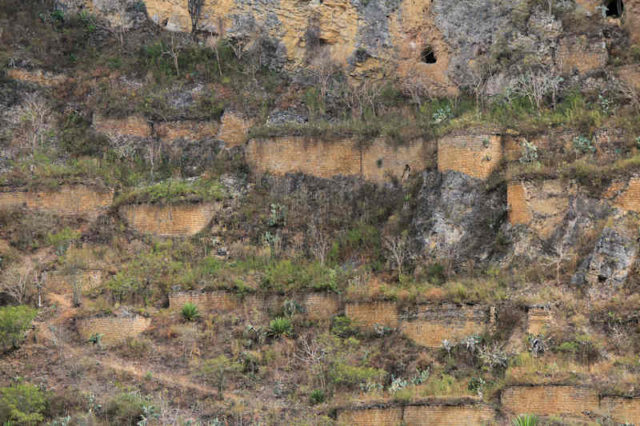
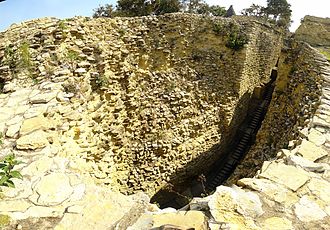
After it had been rediscovered, the site was observed by notable archaeologists and historians, such as Louis Langlois who described Kuelap in one of his scientific articles in the 1930s. Others who studied the site were Antonio Raimondi, Charles Wiener, Ernest Middendorf, and Adolph Francis Alphonse Bandelier. However, the first official archaeological, exploratory expedition was directed by Federico Kauffmann Doig in 1997. During this expedition, five mausoleums, protected by a cave filled with rock paintings and repleted with funeral bundles, were discovered. They were all attributable to the culture of the Chachapoyas.
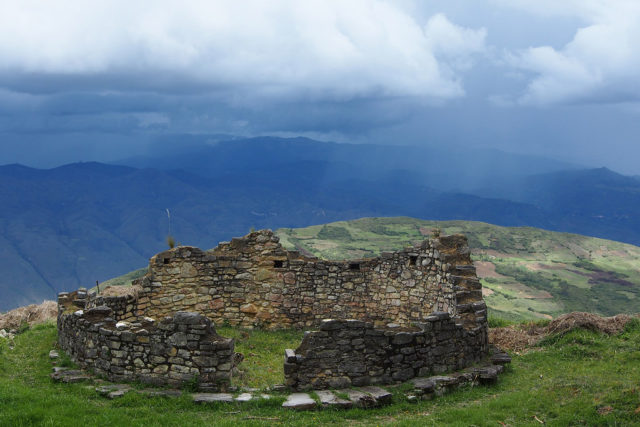
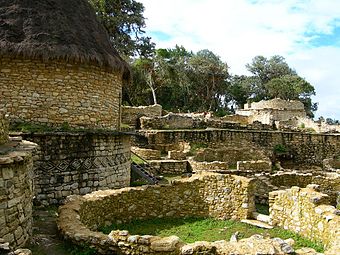
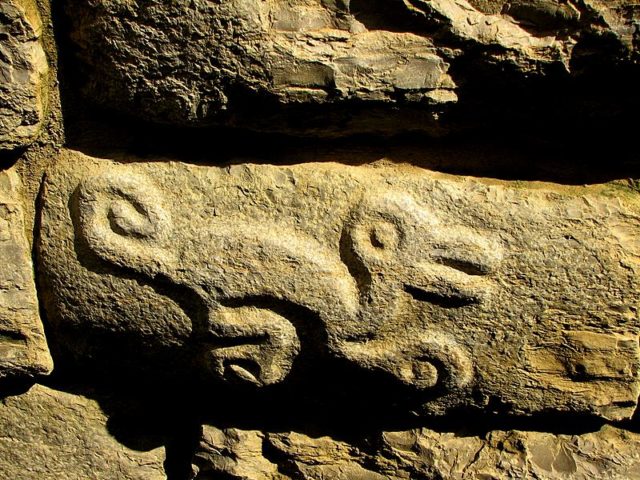
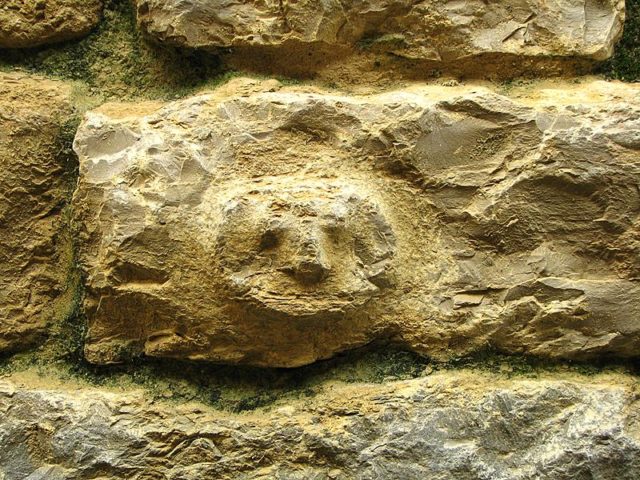
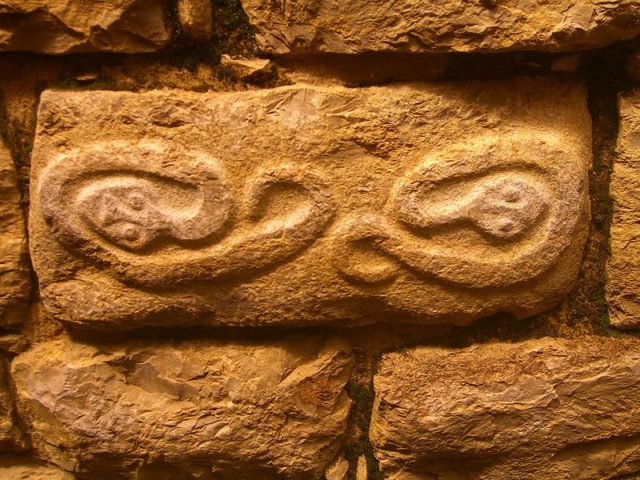
In July 2010, the remains of 79 human bodies, most of them adult, were found inside a stone wall. The corps date back to the 7th century AD and had been removed from their original resting places to the wall which is believed to have been a secondary grave site. This was a widespread custom in pre-Columbian Peru.
Kuelap is one of the biggest archaeological structures in the America, whose building required a lot of effort. Within the complex, there are multiple flat levels or platforms whose extension supports around 400 constructions, most of them cylindrical. From all of these, only the bases remain. Some of them have decorated the walls with friezes or symbolic content.
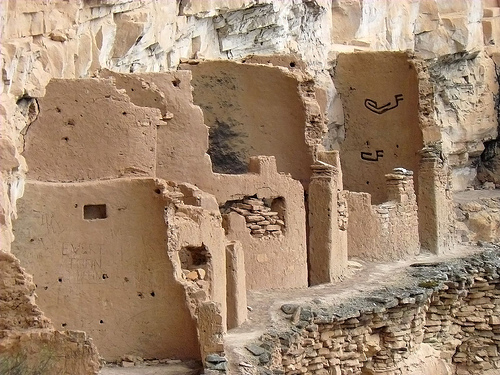
Within the complex, there are three structures which are the most remarkable.
Read another story from us: The unexplained Band of Holes in Pisco Valley, Peru
One of them is El Tintero, a circular turret in the shape of an inverted cone which is considered a real challenge to the laws of gravity. It is built at the southern end of the biggest anden. The second one is a turret structure, La Atalaya, located at the northern end of Kuelap. Finally, there is El Castillo, located on the top anden, the most impressive sector of Kuelap.
